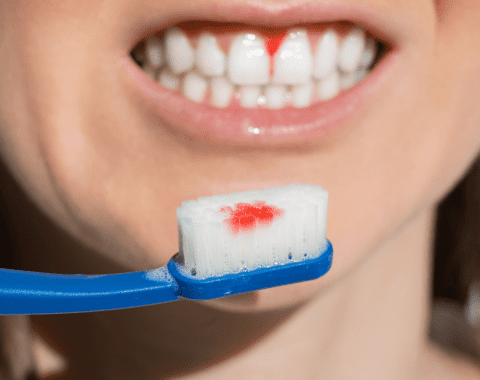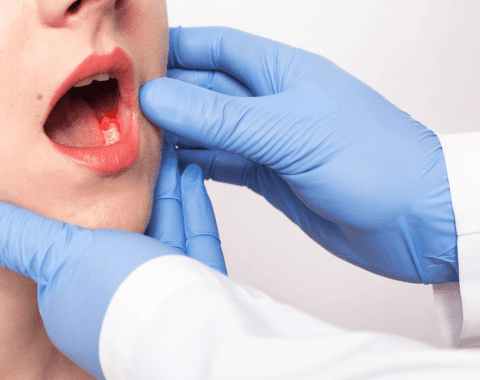Periodontal Treatment is the key to a healthy smile! By taking care of your gums, you can avoid gum disease and keep your smile looking its best. Periodontal Treatment offers a variety of products and services to help you achieve and maintain a healthy smile.
How to Choose the Right Periodontal Treatment for You
Periodontal disease is a serious issue, but it’s also a treatable one. The first step is to visit a periodontist, a dentist who specializes in the treatment of periodontal disease. They will assess the severity of your disease and recommend the best course of treatment.
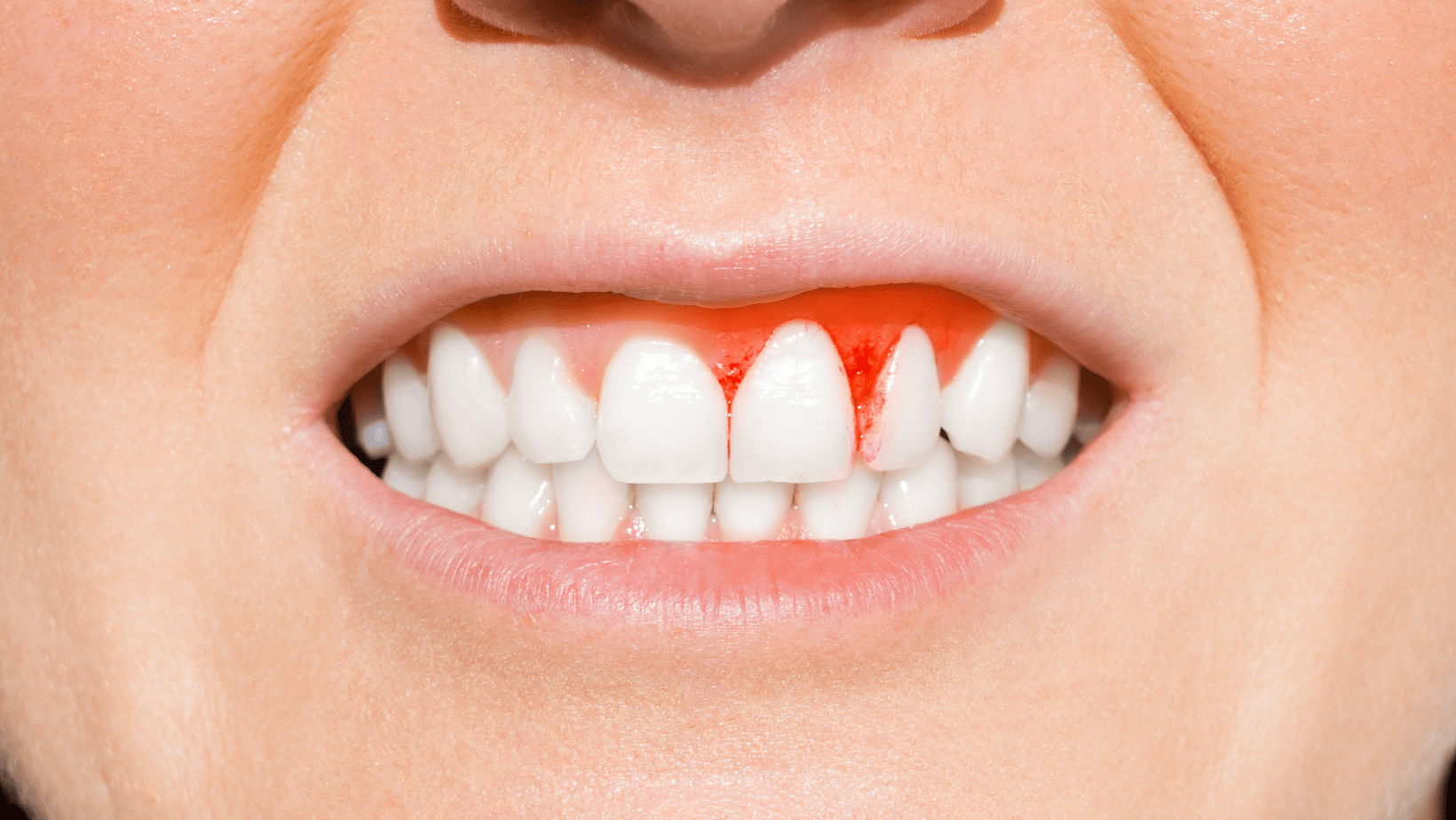
There are a number of different periodontal treatments available, and the right one for you will depend on the severity of your disease. Some of the most common treatments include:
⦁ Scaling and root planing
⦁ Antibiotics
⦁ Surgery
No matter what treatment you need, it’s important to find a periodontist you trust. They will be able to answer any questions you have and help you make the best decisions for your oral health.
Different Types of Periodontal Treatments
Periodontal disease is an infection of the gums that can damage the bone supporting the teeth. Periodontal disease is caused by plaque, a sticky film of food debris, bacteria, and saliva. Plaque begins to form on teeth within minutes after eating or drinking. If plaque is not removed, it can harden and turn into tartar (calculus). Once tartar forms, it can only be removed with professional cleaning.
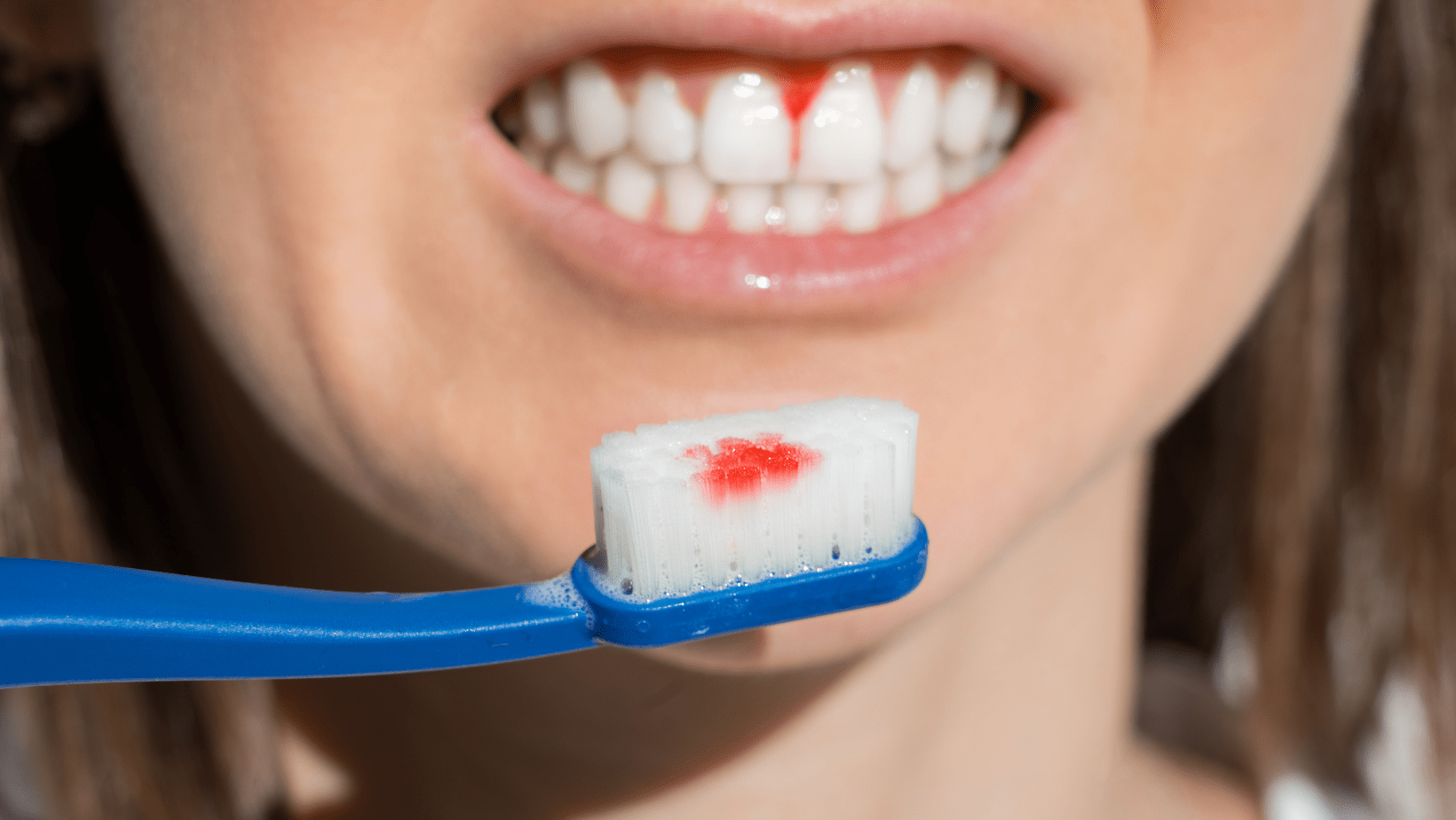
If plaque and tartar are not removed, they will continue to destroy the gums and bone. Periodontal disease is characterized by red, swollen, and bleeding gums. The disease progresses painlessly, so you may not be aware that you have it.
Periodontal disease is treated by removing the plaque and tartar from the teeth and gums. This can be done by a dentist or periodontist (gum specialist) through a process called scaling and root planing. Scaling means removing the plaque and tartar from above and below the gum line. Root planing gets rid of rough spots on the tooth root where germs can hide.
Sometimes, periodontal disease is so severe that other treatments are necessary, such as surgery to regenerate lost bone and tissue, or to place a dental implant.
If you have periodontal disease, it is important to see a dentist or periodontist regularly for cleaning and checkups. Treatment can help stop the progression of periodontal disease, but it cannot reverse the damage that has already been done.
There are different types of periodontal treatments available, depending on the severity of the disease. The most common type of treatment is scaling and root planing. This is a non-surgical procedure that involves removing the plaque and tartar from the teeth and gums.
Scaling and root planing is usually done in two or more visits. The first visit is to remove the plaque and tartar from above the gum line. This is done with a special toothbrush or an ultrasonic scaler. The second visit is to remove the plaque and tartar from below the gum line. This is called root planing. Root planing is done with a small, blunt instrument called a curette.
After scaling and root planing, you will need to have regular cleaning and checkups with your dentist or periodontist. You may also need to take special care of your teeth and gums at home.
If your periodontal disease is more severe, you may need surgery to regenerate lost bone and tissue. This type of surgery is called periodontal flap surgery. In this procedure, the gum tissue is lifted away from the tooth so that the root can be cleaned. The gum tissue is then placed back over the tooth and stitched into place.
Another type of surgery is called osseous surgery. This type of surgery is used to treat periodontal disease that has caused the loss of bone around the teeth. In this procedure, the surgeon will make small cuts in the gum tissue and remove the diseased bone. The healthy bone is then grafted into place.
After surgery, you will need to have regular cleaning and checkups. You may also need to take special care of your teeth and gums at home.
Periodontal disease is a serious infection of the gums that can damage the bone supporting the teeth. If you have periodontal disease, it is important to see a dentist or periodontist regularly for cleaning and checkups. Treatment can help stop the progression of periodontal disease, but it cannot reverse the damage that has already been done.
The Benefits of Periodontal Treatment
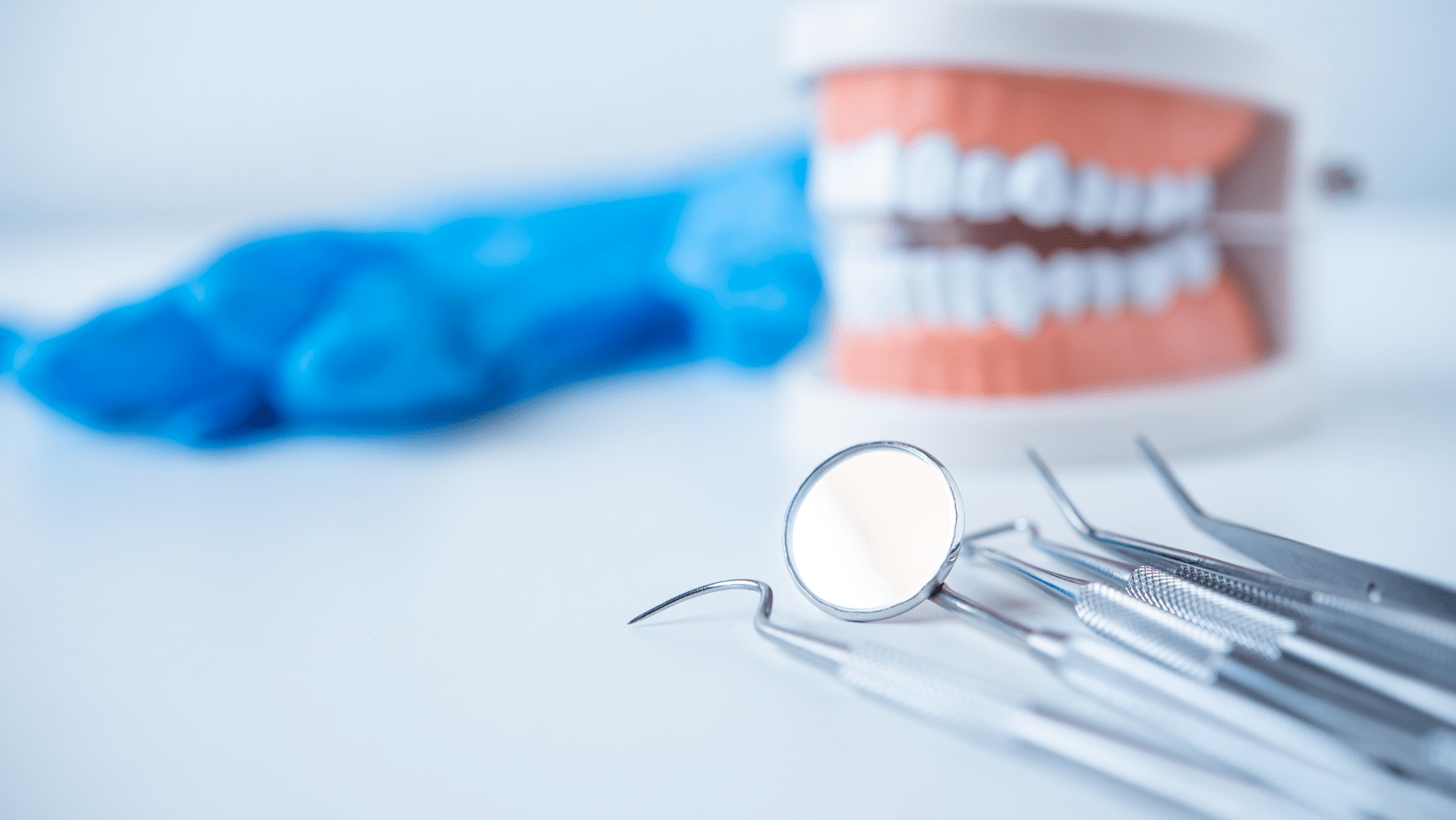
Periodontal treatment is a form of dental care that focuses on the gums and other supporting structures of the teeth. Periodontal treatment can help to prevent the progression of periodontal disease and can also help to restore the health of the gums.
There are many benefits to periodontal treatment, including:
1. Reduced Risk of Tooth Loss
Periodontal treatment can help to reduce the risk of tooth loss by preventing the progression of periodontal disease. Periodontal disease is the leading cause of tooth loss in adults, and early intervention is essential in preventing the disease from progressing.
2. Improved Oral Health
Periodontal treatment can also help to improve oral health. Periodontal disease can cause problems with chewing and can also lead to bad breath. Periodontal treatment can help to improve these problems and can also help to prevent other dental problems from developing.
3. Enhanced Aesthetic Appearance
Periodontal treatment can also help to enhance the aesthetic appearance of the teeth. Periodontal disease can cause the gums to recede, which can make the teeth appear longer. Periodontal treatment can help to correct this problem and can also help to improve the overall appearance of the smile.
4. Improved Self-Esteem
Periodontal treatment can also help to improve self-esteem. Periodontal disease can be embarrassing and can cause people to feel self-conscious about their smile. Periodontal treatment can help to improve self-esteem by improving the appearance of the teeth and by helping to prevent further damage to the teeth.
5. Improved Quality of Life
Periodontal treatment can also help to improve the quality of life. Periodontal disease can cause pain and can make it difficult to eat and speak. Periodontal treatment can help to improve the quality of life by reducing the pain and by helping to restore the function of the teeth.
The Risks of Periodontal Treatment

Periodontal treatment is a necessary evil. It’s a painful and expensive procedure that can often do more harm than good. Here are some of the risks associated with periodontal treatment:
1. Infection – Periodontal treatment can often lead to infection. This is because the treatment involves opening up the gums and exposing the underlying bone. This can allow bacteria to enter the bloodstream and cause serious infections.
2. Damage to teeth – Periodontal treatment can also damage the teeth. The procedure can cause the roots of the teeth to become exposed, which can make them more susceptible to decay.
3. Pain – Periodontal treatment is often very painful. The procedure can cause a great deal of discomfort, which can last for several days.
4. Swelling – Periodontal treatment can often lead to swelling. This is because the procedure involves cutting into the gums. This can cause the tissue to become inflamed and can lead to a great deal of discomfort.
5. Bleeding – Periodontal treatment can often lead to bleeding. This is because the procedure involves cutting into the gums. This can cause the blood vessels to become exposed and can lead to bleeding.
6. Scarring – Periodontal treatment can often lead to scarring. This is because the procedure involves cutting into the gums. This can cause the tissue to become damaged and can lead to scarring.
7. Nerve damage – Periodontal treatment can often lead to nerve damage. This is because the procedure involves cutting into the gums. This can damage the nerves and can lead to a great deal of discomfort.
8. Infection of the bloodstream – Periodontal treatment can often lead to an infection of the bloodstream. This is because the procedure involves cutting into the gums. This can allow bacteria to enter the bloodstream and can cause a serious infection.
9. Allergic reactions – Periodontal treatment can often lead to allergic reactions. This is because the procedure involves using a variety of chemicals and materials. These can cause an allergic reaction in some people.
How to Prepare For Your Periodontal Treatment
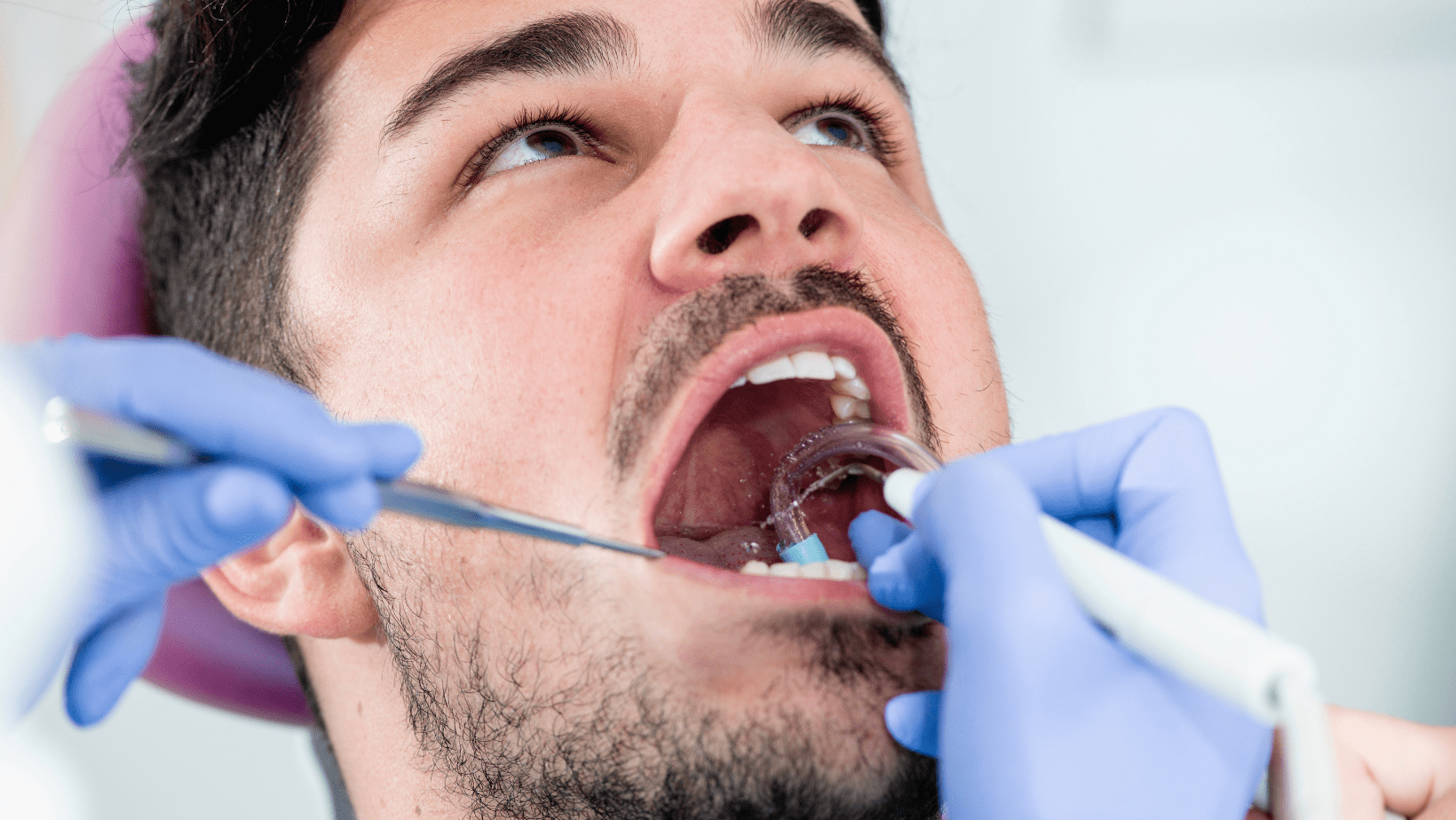
That’s why it’s important to see a periodontist for regular cleanings and checkups. And if you’re scheduled for periodontal treatment, it’s important to be prepared.
Here are some things you can do to prepare for your periodontal treatment:
1. Schedule A Consultation With Your Periodontist – This is a good time to ask any questions you may have about the treatment process.
2. Make Sure You Have a List of All of Your Current Medications – This includes over-the-counter medications and supplements. Your periodontist will need to know about any medications you’re taking so that they can determine if there are any contraindications to the treatment.
3. Eat a Healthy Diet – A healthy diet is important for overall health, but it’s especially important if you’re scheduled for periodontal treatment. Eating a diet rich in fruits, vegetables, and whole grains can help improve your gum health.
4. Quit Smoking – If you smoke, now is the time to quit. Smoking is a major risk factor for periodontal disease. Quitting smoking will not only improve your overall health, but it will also increase the success of your periodontal treatment.
5. Practice Good Oral Hygiene – Good oral hygiene is essential for good periodontal health. Be sure to brush twice a day, floss daily, and use an antibacterial mouthwash.
6. Keep Your Scheduled Appointments – It’s important to keep your scheduled appointments with your periodontist. This will help ensure that the treatment is working and that your gum health is improving.
7. Be Prepared To Pay For Your Treatment – Periodontal treatment can be costly. Be sure to check with your insurance company to see if they cover the cost of treatment. If they don’t, be prepared to pay out-of-pocket.
Following these tips can help you be prepared for your periodontal treatment. If you have any questions, be sure to ask your periodontist. They can help you understand the treatment process and what you can expect.
How to Care For Your Teeth After Periodontal Treatment

Your smile is one of the first things people notice about you, so it’s important to take care of your teeth. Good oral hygiene habits are important for everyone, but they’re especially important if you’ve had periodontal treatment. Periodontal disease is an infection of the gums and bones that support your teeth. If it’s not treated, it can lead to tooth loss.
After you’ve had periodontal treatment, it’s important to take care of your teeth to help prevent the disease from coming back. Here are some tips for taking care of your teeth after periodontal treatment:
1. Brush your teeth twice a day with a soft-bristled toothbrush.
2. Use toothpaste that contains fluoride.
3. Floss your teeth every day.
4. Visit your dentist regularly for professional cleanings and checkups.
5. Quit smoking. Smoking is a major risk factor for periodontal disease.
Following these tips will help you keep your teeth healthy and prevent the disease from coming back.


